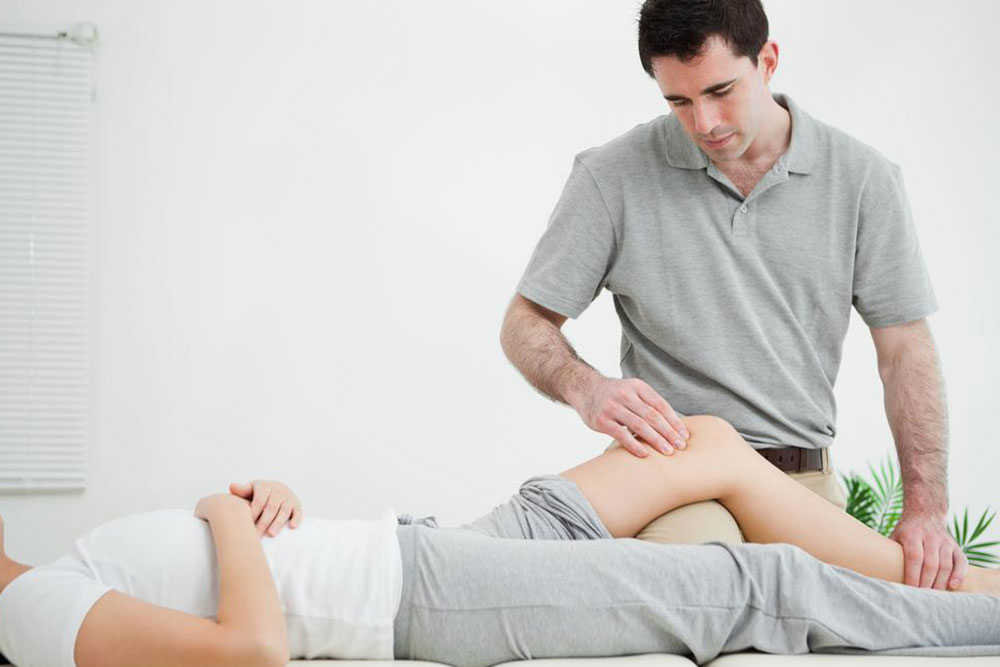Top 5 Treatments for Spinal Canal Narrowing
Explore the top five effective treatments for spinal stenosis, including activity modifications, exercises, physiotherapy, medications, injections, and surgery. Learn how these options can help alleviate symptoms, improve mobility, and enhance quality of life. Consult healthcare professionals to determine the most suitable treatment plan for your condition.

Top 5 Treatments for Spinal Canal Narrowing
Spinal stenosis involves the abnormal constriction of the spinal canal, affecting the nerves and spinal cord. While some individuals remain symptom-free, others experience discomfort, numbness, or weakness due to degenerative changes associated with aging. Not everyone with narrowing symptoms requires intervention, but many seek relief from pain caused by nerve compression. Understanding available treatments is essential for managing symptoms effectively.
Activity Adjustments
Modifying daily activities can significantly reduce discomfort. Avoiding movements and postures that worsen symptoms, such as prolonged standing or straight-backed sitting, helps. For lumbar stenosis, leaning forward during walking, sitting in recliners, or using a walker instead of upright walking can provide relief. These adjustments help control pain and enhance mobility.
Targeted Exercises and Physical Therapy
Engaging in specific exercises forms a core part of treatment. While exercises do not cure stenosis, they increase tolerance and prevent deterioration. A balanced program focusing on stability, flexibility, strength, and endurance enhances blood flow, reduces pressure on nerves, and improves overall function. Regular activity also promotes better weight management and flexibility, easing symptoms.
Physiotherapy Approaches
Supervised physiotherapy offers effective relief. Guided by professionals, patients learn exercises tailored to their condition, ensuring safety and gradual progress. Methods such as electrical stimulation, ultrasound, or cold therapy help alleviate pain. Popular techniques include the McKenzie method and lumbar stabilization exercises. Consulting an experienced physiotherapist ensures safe practice, avoiding potential aggravation of symptoms.
Medications for Rapid Pain Relief
Anti-inflammatory drugs like ibuprofen or aspirin can offer quick symptom relief. For severe pain, short-term use of narcotics or nerve-modulating medications may be recommended. Muscle relaxers and certain antidepressants can also provide relief, but always under medical supervision to avoid side effects.
Injections for Temporary Symptom Management
Corticosteroid injections administered outside the epidural space can reduce inflammation and provide short-term relief. However, long-term use is limited, especially in cases related to osteoporosis. Epidural injections are common and often recommended by physicians, though their effects are temporary.
Advanced Surgical Procedures
For severe cases, especially those with significant claudication, decompression surgery is often the best option. Surgery aims to relieve nerve pressure by removing parts of the vertebra or discs. Common procedures include laminectomy, discectomy, or the use of specialized devices. Many patients experience substantial improvements in mobility and walking distance post-surgery, making it a highly effective treatment for advanced stenosis.
Other options such as chiropractic care, acupuncture, and massage therapy may also help supplement core treatments.










